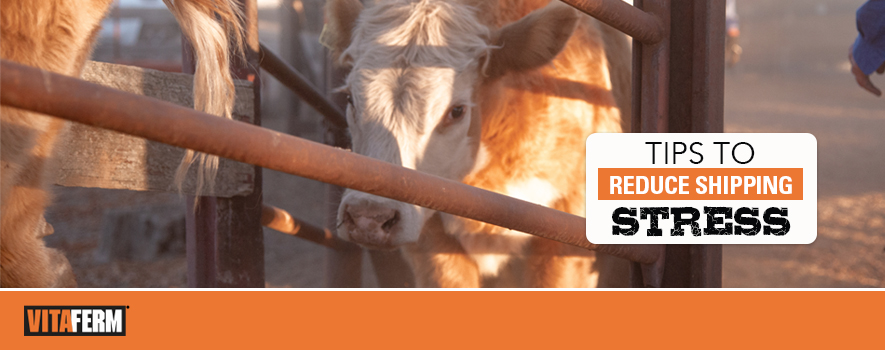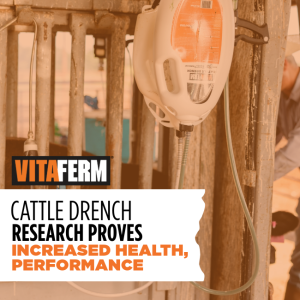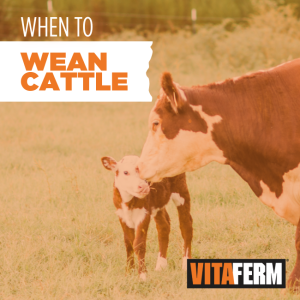
Change is never easy. That is true if you’re a young person moving away to attend college, someone changing jobs or a freshly weaned calf with a long truck ride in its future. However, in each of these scenarios there are ways to lessen the stress and make the transition a little easier.
Weaning is undoubtedly the most stressful time in a calf’s life. Until then, the calf has had a mama cow by its side providing it all the nutrient-filled milk it desires. There’s a mama cow to watch to figure out the grazing technique and even a role model to follow when it comes time to lick a mineral tub or drink from a water tank. Then, all of a sudden, the calves are alone in a pen about to be loaded on a semi to their next destination.
As producers, there are ways to make those calves more comfortable and keep them healthier prior to shipping. Health and nutrition are always of upmost concern. Taking precautionary steps, both prior to shipping and on arrival, can help keep shrink at a minimum while keeping calves healthier and gaining.
Generally, cattle will shrink 1% of their body weight per hour for the first few hours they are off feed and water and continue to shrink at a lower percentage of their weight as time continues. The first hours primarily consist of excretory shrink, followed by tissue shrink, a loss of moisture in the muscle.
In addition to shrink, the stress will typically cause calves to lose their appetite, which hinders their overall health and performance upon arrival to their new destination. To help them maintain their appetite, provide Vita Charge® Stress Tubs prior to shipping. The Stress Tub is a cooked tub for beef cattle that supports digestive health and promotes feed and water intake during times of stress and recovery. The tubs come in both 50-pound and 200-pound sizes and contain Amaferm®, is a prebiotic designed to enhance digestibility by amplifying the nutrient supply for maximum performance. It is research-proven to increase intake, digestion and absorption. They also contain MOS to trap bad bacteria limiting their ability to do harm, as well as organic trace minerals, vitamins and B vitamins.
“There is value in offering the Stress Tubs before shipping,” said Lindsey Grimes-Hall, Nutrition and Field Sales Manager for BioZyme® Inc. “The calves will handle weaning better and transition better. By having that MOS, Amaferm, and high levels of vitamins and trace minerals, they are more likely to not miss a beat after you haul them to their final destination. You may possibly see less shrink, less incidence of sickness, and hopefully they will get off the truck ready to eat.”
If you are shipping fresh-weaned calves, you would want to introduce the stress tubs in the calves’ creep pens one or two weeks prior to weaning. If you are shipping older calves, you might also want to offer the stress tubs a few weeks out. If you are gathering the calves the night before shipping, make sure to have a few stress tubs in the holding pens so those calves get the much-needed nutrients just prior to loading the trucks.
Other steps in proper planning prior to shipping can help reduce stress on your calves even before they step foot on the truck. If you are shipping them from a pasture, be sure to gather and pen them as close to the ship pen and loading chute as you can the night prior. This reduces the amount of extra movement and stress the day of shipping.
Also, know about how many calves your loading pen can hold at one time and don’t overcrowd it, making animals bunch up, step on one another and cause injury before they even load in the semi. Be sure your facilities are designed for low-stress cattle handling and created in a way that the cattle will flow easily onto the semi without being pushed and prodded. Finally, be organized. Make sure everyone involved in shipping day from the trucker, vet, brand inspector and your helpers, are aware of the load-out time so calves aren’t losing weight just standing around.
Change is never easy, but you can reduce the stress associated with change. Less stress on the calves means reducing the risk for shrink and increasing the potential that the calves will eat and drink more readily when they reach their destination.


